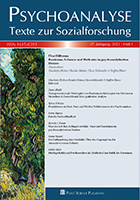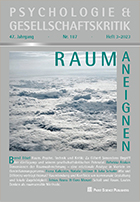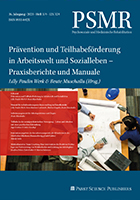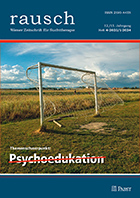A new BYU study finds that consumers experiencing a heightened sense of balance are more likely to weigh the options and go with a product that falls in the middle of the high-end, low-end scale.
"If youre someone who tends to overspend, or youre kind of an extreme person, then maybe you ought to consider shopping in high heels, said study author Jeffrey Larson, a BYU marketing professor.
Larson and BYU coauthor Darron Billeter have discovered that most anything that forces your mind to focus on balance affects your shopping choices as well.
In the example of the TV, balancing consumers are more likely to go with the 42-inch TV for $450 rather than the $300 32-inch set or the 50-inch screen for $650.
The study is part of an emerging area of research that examines the relationship between physical sensations and decision making. Previous studies have looked at the role of warmth, weight and hunger.
For their study, appearing in the current issue of the Journal of Marketing Research, the Marriott School authors set up experiments where balance was introduced to the consumer experience, including:
- Leaning back on a chair while shopping online
- Playing a Wii Fit game while simultaneously answering questions about product choices
- Standing on one foot while considering which printer to purchase
Other elements that could have similar effects but were not included in the experiments include making purchase decisions while on a cruise ship or walking on icy sidewalks during winter shopping.
The authors say the most important takeaway from their study is that people should be aware of how physical forces can change the way we think about things.
"We need to sit back for a minute and consider, Is this really what I want, or are the shoes Im wearing influencing my choice? Billeter said. "We need to be more aware of what is influencing our choices.
The results of the study, the authors write, demonstrate that influential cognitive processes are at play as people stumble through life, regardless of whether those stumblings are literal or metaphorical.






















